Mastering the Flow: Boosting Performance with Solenoid Valves
2024-06-17Solenoid valves are workhorses in countless industries, precisely controlling the flow of fluids in applications ranging from medical equipment to irrigation systems. But sometimes, you might find yourself needing a little more juice – a higher flow rate – from your trusty solenoid valve. Here's a breakdown of strategies to get the most out of your valve and keep your flow running smoothly.
Understanding Flow Rate Limitations
There are inherent limitations to a solenoid valve's flow rate. These limitations are often determined by the valve's:
• Size: A larger valve orifice (the opening that allows fluid passage) will naturally allow for a higher flow rate.
• Pressure Rating: The pressure difference between the inlet and outlet of the valve can impact flow. Higher pressure differentials can sometimes lead to higher flow rates (up to a point, depending on the valve design).
Optimizing Flow Within the System
Before diving into modifications, consider these optimization techniques:
• Reduce Pressure Drops: Friction and turbulence within the piping system can restrict flow. Ensure proper pipe sizing, minimize bends and elbows, and use smooth-walled pipes to decrease pressure drops.
• Clean the Valve: Over time, debris can accumulate in the valve, hindering flow. Regular cleaning and maintenance according to the manufacturer's instructions are crucial.
Modifying for Increased Flow
If you've optimized your system and still require a higher flow rate, here are some potential modifications (consult the manufacturer's specifications and safety guidelines before implementing):
• Upgrade the Valve Size: If feasible, consider replacing the solenoid valve with a larger model with a higher flow capacity.
• Adjust Operating Pressure: In some cases, increasing the operating pressure within the safe limits of the valve and system can lead to a higher flow rate. However, be cautious of exceeding pressure limitations, which can damage the valve or other components.
Remember: Safety is paramount. Always consult the valve's manual and ensure any modifications comply with safety regulations and manufacturer recommendations.
Seeking Expert Help
For complex applications or when significant flow rate increases are necessary, consider consulting a qualified engineer or the valve manufacturer. They can assess your specific needs and recommend the most appropriate solution, potentially involving a different valve type or system redesign.
By understanding the factors affecting flow rate and implementing these strategies, you can ensure your solenoid valve operates at its optimal performance, keeping your project flowing smoothly.




